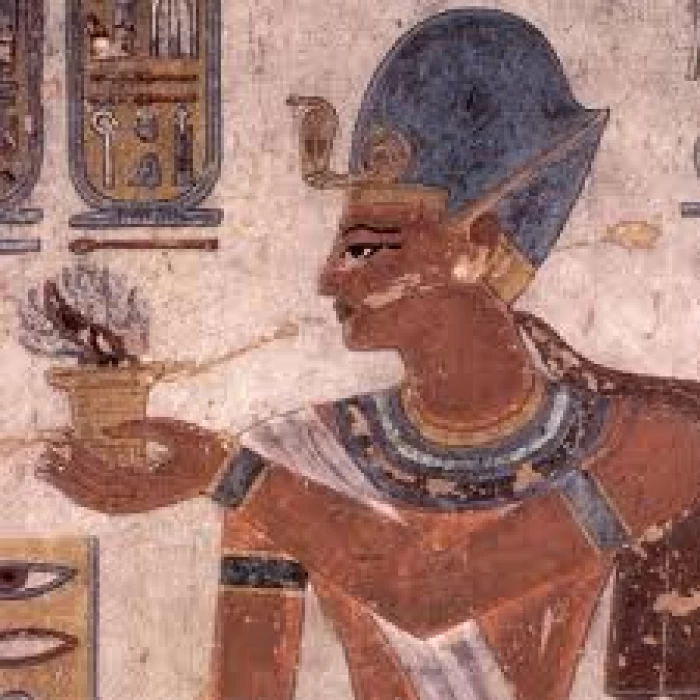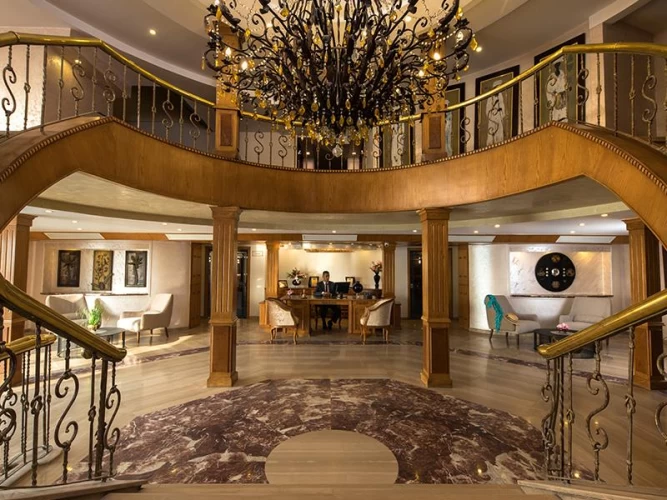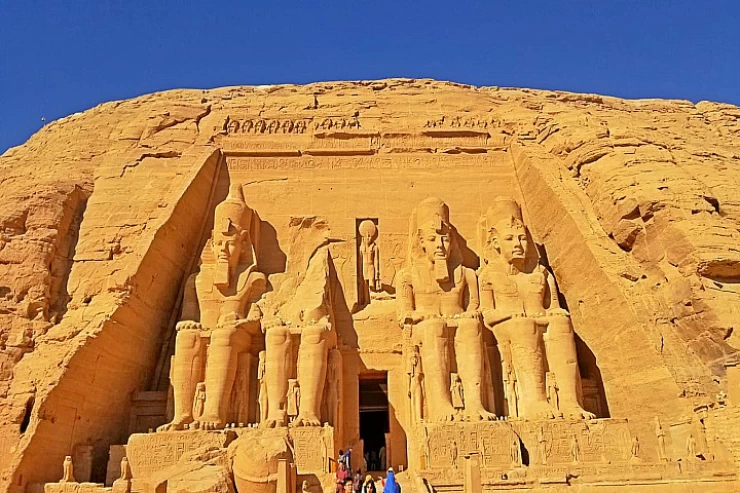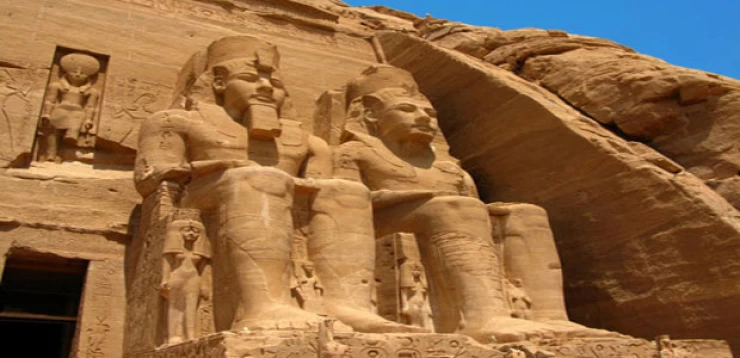
King Ramses III
One of the greatest warrior
King Ramses III is one of the greatest warriors in Egypt's ancient history. In the fifth and eighth years of his rule, he fought the peoples of the sea and the shift from the south, Ramses III also responded to two attacks by Libyans on Egypt's western border and the security of the country, the construction of many constructions, including the city of Habu, the addition of the Temple of Amon in Karnak and the establishment of its tomb famous for the Valley of Kings and Queens in the West.
Ramses III, commonly referred to as the last of Egypt's great branches, was ruled from 1186 to 1155 BC. The exact cause of his death sparked a heated debate among historians.
Ramses III cemetery in the Valley of the Kings, where it is a spectacular artistic miracle built 180 metres deep in the heart of Mount Qurna, within which a special mix of exquisite geometry exists with great lavish inscriptions
The most spectacular scene inside the cemetery is the cemetery ceiling, when it enters the ceiling covered in colorful hieroglyphs taken from the book The Dead Ceiling, covered with stars and spells placed on a bright yellow background that dazzles visitors from around the world, where the cemetery was discovered in 1767 and discovered by James Bruce.

















